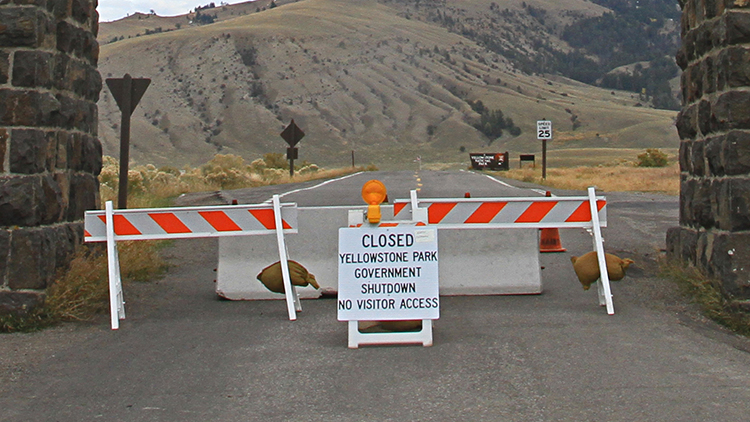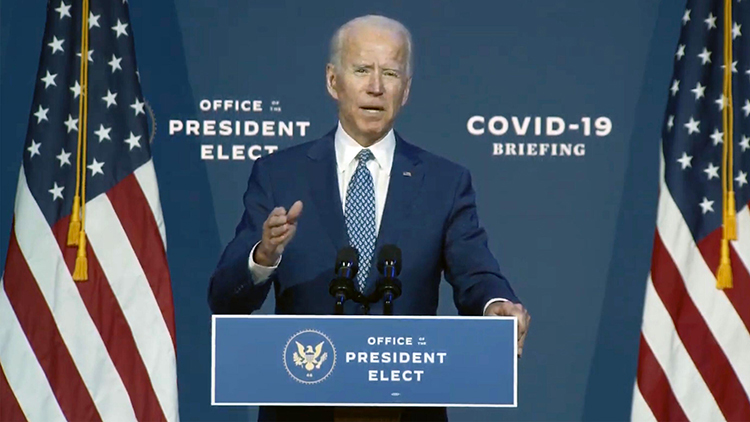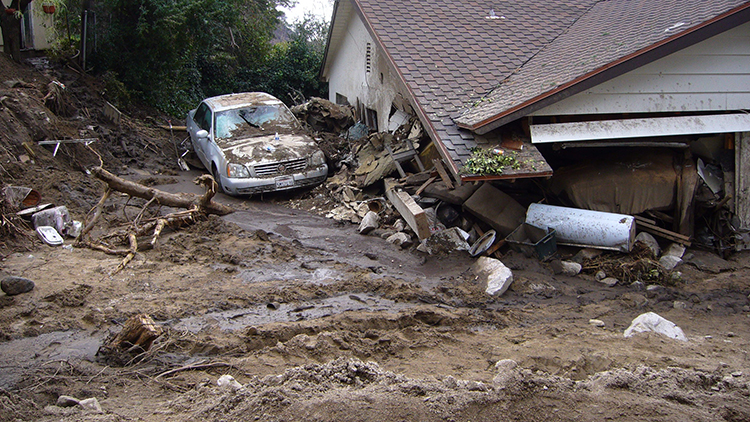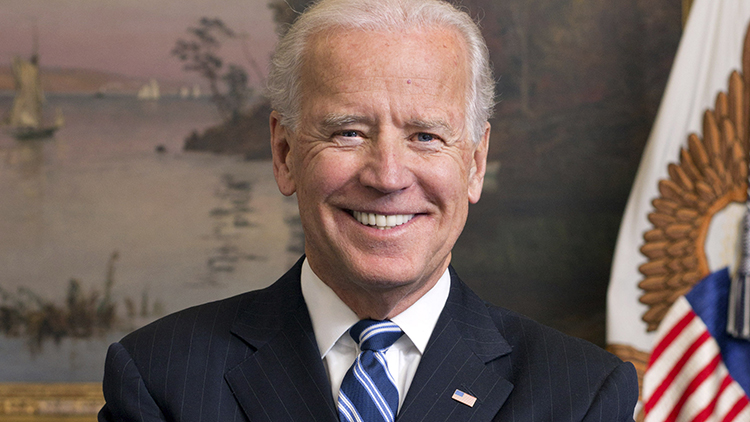
Passengers waited in long lines at airports security checkpoints. Trash piled up in national parks. People with important cases in court had their hearing indefinitely postponed. This was all thanks to a partial government shutdown. Is started on December 18, 2018 and lasted until January 25, 2019. It was the longest partial government shutdown in our nation’s history. It will take some time for the nation to recover from its effects.
Why did the government shut down? Because they have not passed a budget, the government relied on a series of bills, called “continuing resolutions,” to fund [pay for] government services. In December, the Republican President of the United States and Democrats in Congress could not agree on a continuing resolution. President Donald Trump wanted to spend over $5 billion building more of a wall at the southern border of the United States. Many people in Congress would not vote for a bill that included funding the wall.
The government furloughed [temporarily stopped having people work or get paid] around 800,000 workers. Important jobs like airport security guards, food inspectors, and Coast Guard personnel did not have enough people working at them.
The shutdown had economic consequences, as well. Unpaid government workers had trouble paying for their food, housing, and other necessities. Businesses in areas with many government workers were also affected, since the government workers did not have money to spend.
Because of the strain the shutdown caused the nation, both sides agreed to reopen the government. They still have not agreed about funding a wall. They will try to come to an agreement in those three weeks. If they do not, the government may shut down again.
What Do You Think? How do you solve disagreements in your life? What are things you think Congress can do to find a way to agree on funding the government?
Photo Credit: Jim Peaco/NPS



